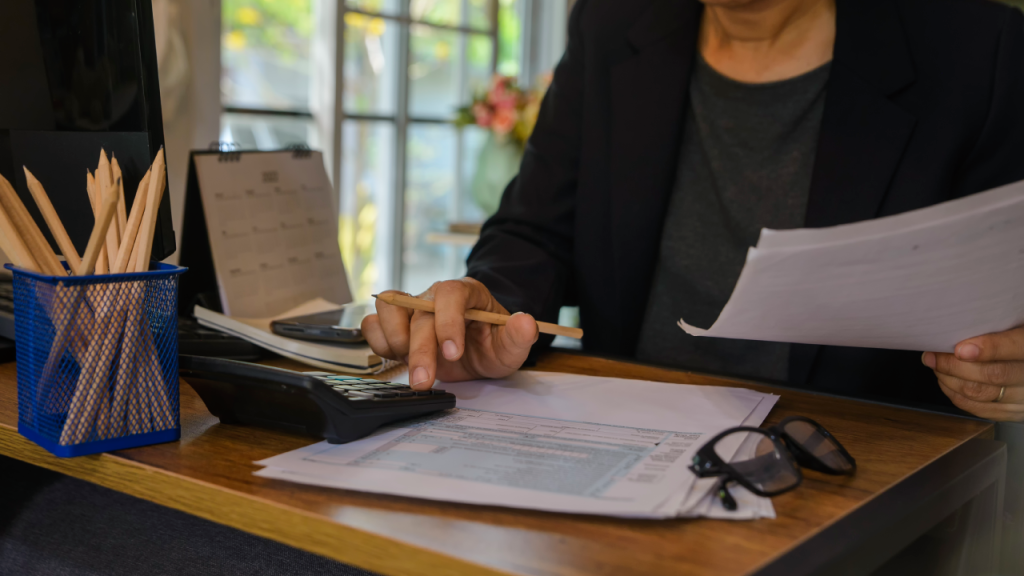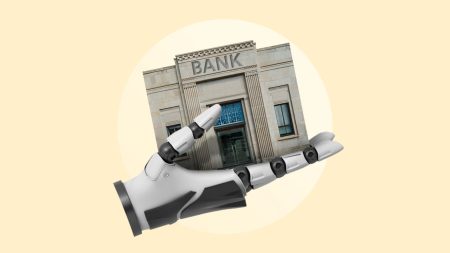You recently filed your tax return and expected a refund. Instead, you got the opposite result — a hefty bill from Uncle Sam. Don’t panic just yet, though, if you can’t afford to pay the balance. There are options to get out of the hot seat with the IRS, starting with a payment plan.
Keep in mind:
The IRS offers separate payment plan options for businesses, but sole proprietors, freelancers and independent contractors can use the payment plans for individuals described here.
What is an IRS payment plan?
As the name suggests, an IRS payment plan is an arrangement that lets you pay your tax bill over time. You can choose from these options:
- Short-term payment plan: This is available to taxpayers who can pay their tax debt in 180 days or less.
- Long-term payment plan: This option is better if you need a monthly installment agreement extending beyond the 180-day window.
Who’s eligible for an IRS payment plan?
Here’s how to qualify for an IRS payment plan:
- Short-term payment plan: Your tax debt, including penalties and interest, must be below $100,000.
- Long-term payment plan: You must be current on all tax return filings and owe $50,000 or less in combined tax, penalties and interest.
What’s the minimum monthly payment for an IRS payment plan?
Your minimum monthly payment will depend on the payment plan and the amount owed.
- Short-term payment plans span 180 days. The taxpayer can divvy up the balance across that timeframe or pay a lump sum before the deadline.
- Long-term payment plans are a different story. They are technically monthly installment agreements, and the IRS computes your monthly payment by dividing the total owed by 72, which is the number of months you have to complete the plan. But you can also input your preferred payment amount, or the amount you can realistically afford to pay, into the Online Payment Agreement tool to possibly get a lower minimum monthly payment. Either way, you must pay the balance in full in six years.
How to set up an IRS payment plan
There are four ways to set up a payment plan with the IRS.
Online
You can request a payment plan through the Online Payment Agreement tool. The first step will be to sign up for an ID.me account if you haven’t already done so. The IRS requires this extra step to confirm your identity.
To do the latter, have a copy of your driver’s license, state identification card or passport handy. You also need access to your email, your Social Security number or tax ID number (if applicable), and a smartphone and selfie camera to receive a verification code, take a video selfie and upload your identifying documents.
Once you complete this step, log in to the Online Payment Agreement tool to apply for a payment plan.
By phone or mail
Call the IRS at 800-829-1040 to request a payment plan. For business payment plans, call 800-829-4933. Representatives are available Monday through Friday from 7 a.m. to 7 p.m., local time.
If you prefer to apply by mail, download and complete Form 9465. Mail it to the address listed in the instructions.
In person
Taxpayer Assistance Centers are also available nationwide if you prefer to meet face-to-face to set up a payment plan. Use the online directory to find a location near you.
How much does it cost to set up an IRS payment plan?
It depends on the payment plan and method. Below is a list of what to expect by type of payment plan. Keep in mind that penalties and interest will continue to accrue until you pay off your tax debt.
Short-term payment plan
- Set-up fee: $0 if you apply online, by mail, phone or in person
- Payment method:
- Direct Pay through checking or savings account
- Debit or credit card (processing fees apply)
- Check
- Money order
- Electronic Federal Tax Payment System (accepts phone or online payments)
Long-term payment plan (automatic withdrawals)
- Set-up fee:
- $22 if you apply online
- $107 if you apply by mail, phone or in-person
- Setup fee waived for low-income taxpayers
- Payment method: Direct Debit (automatic payments via your bank account)
Long-term payment plan (manual payments)
- Set-up fee:
- $69 if you apply online
- $178 if you apply by mail, phone or in-person
- $43 for low-income taxpayers (reimbursable under certain conditions)
- Payment method
- Direct pay through checking or savings account
- Debit or credit card (processing fees apply)
- Check
- Money order
- Electronic Federal Tax Payment System (accepts phone or online payments)
*Note: If you need to update your payment plan once it’s in place, a $10 fee applies unless you meet specific criteria or meet the qualifications for a low-income taxpayer. The same fee applies if you default on your payment plan.
Bottom line
Setting up a payment plan with the IRS can give you much-needed relief if you’re dealing with a hefty tax bill. Tax relief companies may offer to help, but it’s worth applying on your own directly with the IRS to save yourself time and money.
Read the full article here












